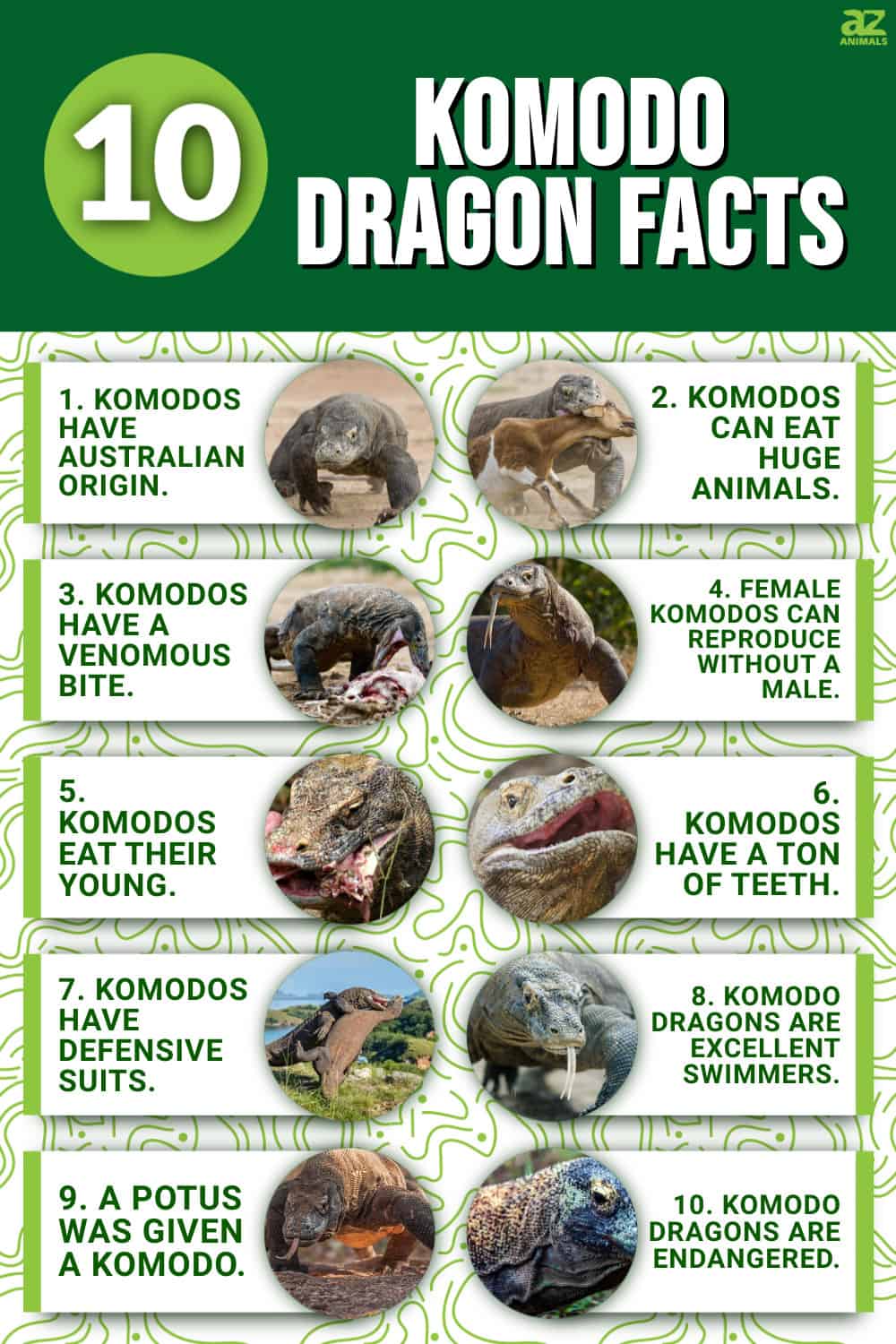Google, the world’s most popular search engine, recently celebrated the 37th anniversary of Komodo National Park by launching a fun and informative quiz. This interactive feature highlights the unique wildlife of the park, especially the Komodo dragon, one of Indonesia’s most iconic and endangered species.

Komodo National Park, located in East Nusa Tenggara (NTT), is home to the world’s largest lizard, the Varanus komodoensis, commonly known as the Komodo dragon. These majestic creatures are endemic to Indonesia and are listed as vulnerable on the IUCN Red List. The park covers an area of 219,322.5 hectares, including several small islands such as Komodo, Rinca, Padar, Waewuul Flores, Mbeliling, and Nggorang. It is estimated that around 5,100 Komodo dragons inhabit this vast region.
The Komodo dragon can grow up to three meters long and weigh up to 70 kilograms. Despite their size, they are capable of running at speeds of up to 20 kilometers per hour. As apex predators, they play a crucial role in maintaining the ecological balance of their environment. Their reputation as “dragons” has made them a symbol of Indonesia’s rich biodiversity.
The discovery of the Komodo dragon by Europeans dates back to the early 20th century. In 1910, Dutch Lieutenant van Hensbroek visited Komodo Island, which was rumored to be inhabited by crocodiles. In 1927, the first Komodo dragon was brought to Europe for display at London Zoo. Since then, these creatures have captured the imagination of scientists and nature enthusiasts worldwide.
Some fascinating facts about Komodo dragons include their solitary nature, except during the breeding season, which occurs between May and August. Female Komodo dragons lay around 30 eggs each year, and they can reproduce both sexually and asexually. Interestingly, the eggs are roughly the size of grapes. Female Komodo dragons also build decoy nests to protect their eggs from predators.
Komodo dragons are not only important for conservation but also face threats from illegal wildlife trade. Recently, six young Komodo dragons were released back into their natural habitat in Ontoloe Island, NTT, after being seized in a trafficking case. This effort was part of a broader initiative by the Ministry of Environment and Forestry (KLHK) and the Regional Conservation Agency (KSDA) to ensure the survival of these rare animals.
Conservation Efforts and Challenges

The release of the six Komodo dragons was a significant step in their conservation. According to Wiratno, Director General of Biodiversity and Ecosystem Conservation at KLHK, returning the animals to their natural habitat is the best option after legal proceedings. However, post-release monitoring is essential to ensure their adaptation and survival.
The process involved obtaining approvals from the IUCN and the Surabaya District Court. Each Komodo dragon was fitted with a microchip to monitor their movements and growth. The Komodo Survival Program, in collaboration with KSDA NTT, will conduct habituation exercises to assess the dragons’ ability to survive in the wild.
Despite these efforts, Komodo dragons still face challenges, including habitat loss and human encroachment. The Komodo National Park, established to protect these creatures, is under threat from proposed relocations of local communities. Residents of Komodo Island have expressed concerns that the government’s conservation plans may actually be a pretext for commercial interests.
Economic Impact and Local Concerns

The local community relies heavily on tourism, which has become a vital source of income since the 2013 Sail Komodo event. Many residents have transitioned from fishing to working in the tourism sector. However, the proposed closure of the island for conservation purposes has raised fears of economic disruption.
Local leaders, such as Akbar M, have voiced strong opposition to the relocation plan, arguing that it would displace the original inhabitants of the island. They believe the government’s intentions are not purely conservationist but may involve future business interests.
The Minister of Tourism, Arief Yahya, has also expressed concerns about the impact of the proposed closure on the tourism industry. He highlighted that uncertainty about the status of the island has caused confusion among travel agencies, affecting the number of tourists visiting the area.
Future Prospects for Komodo National Park

Despite the challenges, there is hope for the continued protection of Komodo National Park. The government emphasizes that the goal is to preserve the habitat of the Komodo dragon while allowing visitors to explore other parts of the national park, such as Rinca and Gili Motang.
As Google celebrates the 37th anniversary of Komodo National Park, it serves as a reminder of the importance of preserving this unique ecosystem. The Komodo dragon, with its fascinating biology and cultural significance, remains a symbol of Indonesia’s commitment to conservation and sustainable tourism.






